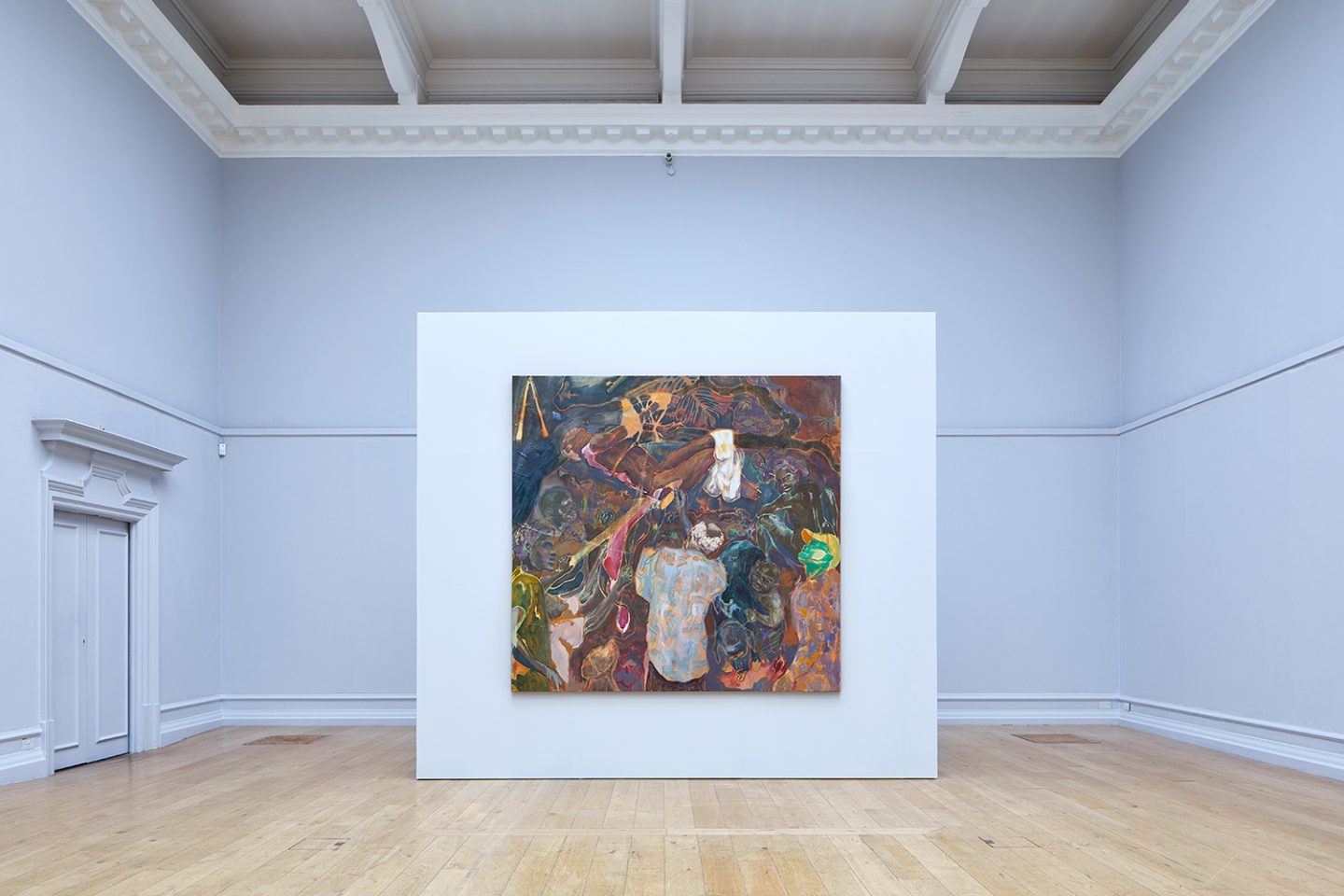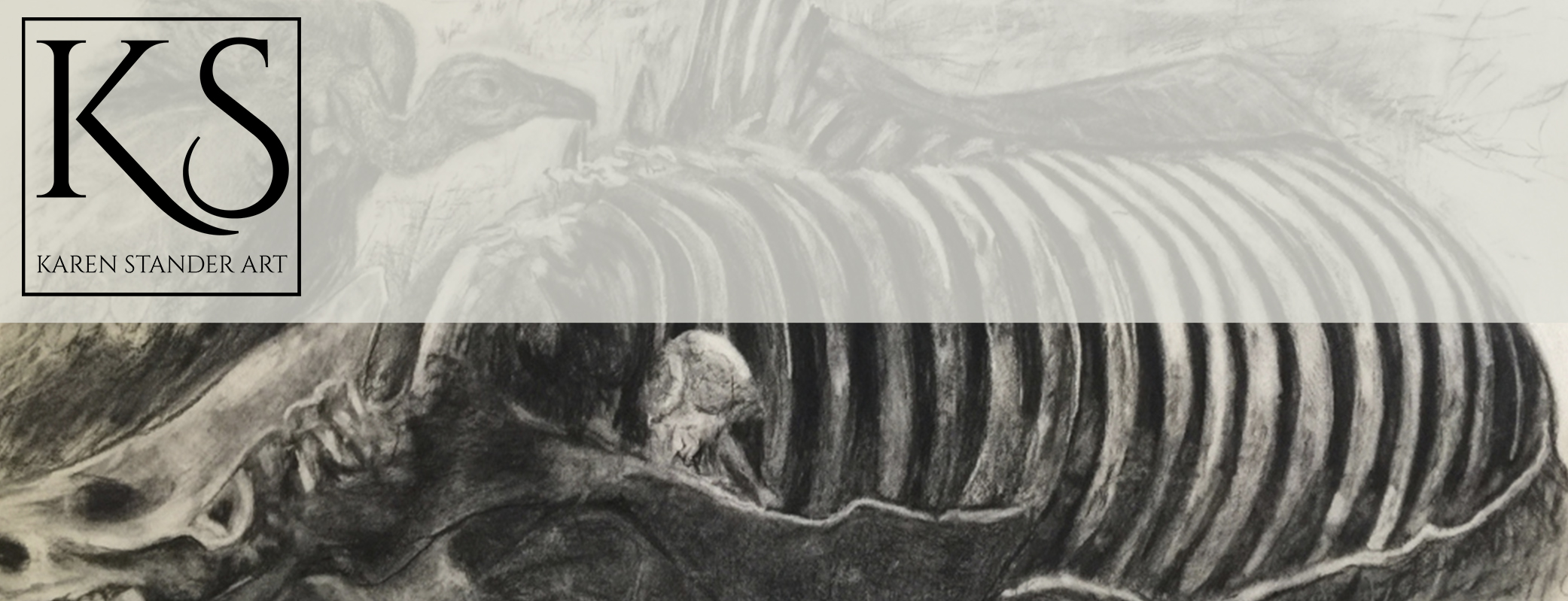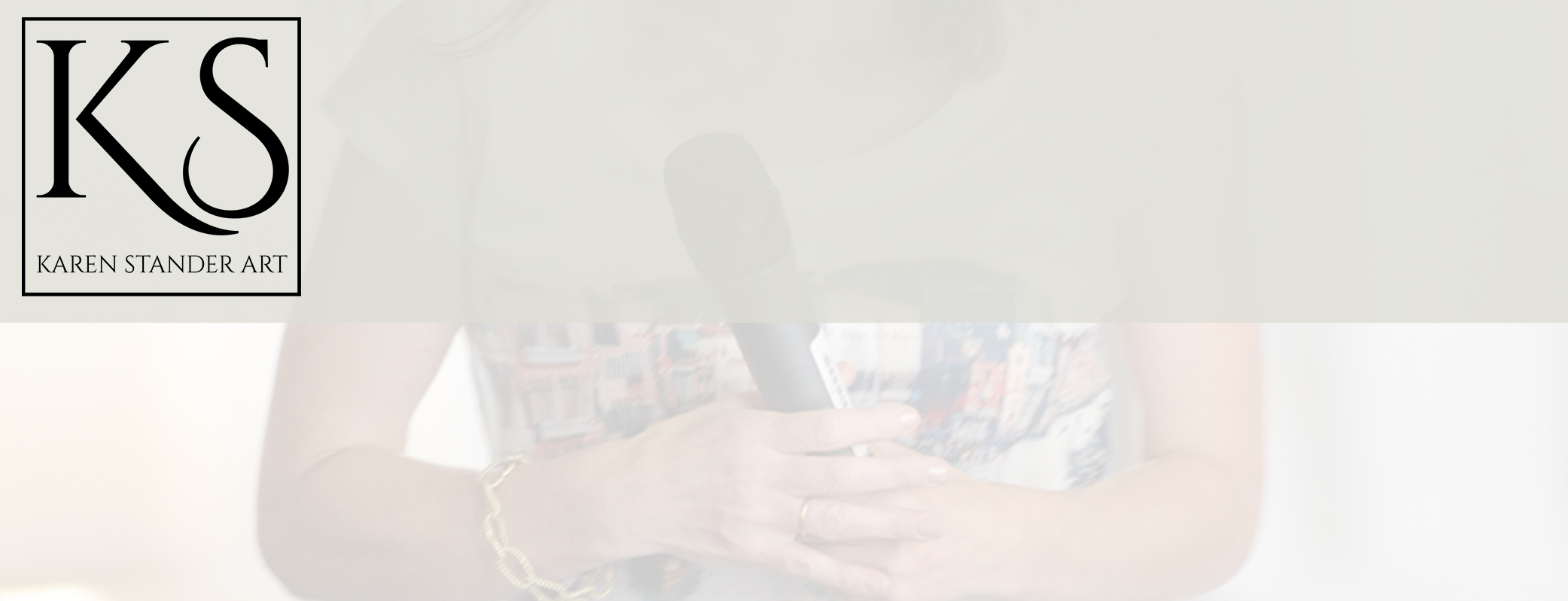Joanna Wittle an artist case-study on Practice, Collaboration and Curation with tutor Cheryl Huntbach
Zoom workshop on Between Islands, a current exhibition at the Harley Gallery Research and preparation for the planned Zoom workshop on Wednesday 30 Sept 2020 The artist has collaborated with artist, David Orme in this exhibition which consists of paintings, drawings and ceramics. The artists intention as on her website: “I will be working with […]


